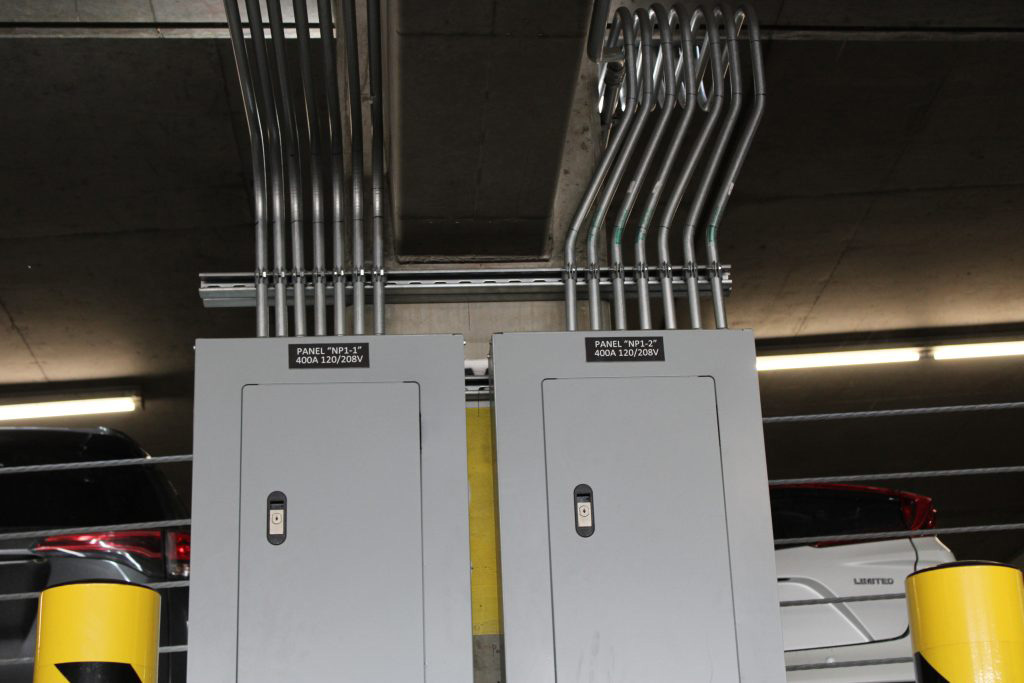
EV sales continue to rise with no end in sight
The cat is out of the bag: EVs are here to stay and you better get on board the battery-powered train!
It’s no surprise we’ve finally reached the point of no return―no, not that point of no return. I’m talking about the positive one where we all convert to green technologies seemingly overnight and save the planet in less time than it takes an EV to go 0 to 60 off the line. Anyway… nearly three decades since the Prius launched in 1997, the future is looking firmly sunny for those who have made the transition to EVs, whether they be fully battery powered (BEV) or hybrid models. BloombergNEF’s recently-released Annual Long-Term Electric Vehicle Outlook (EVO) inspects the future of the growing EV market and finds it to be markedly large and consumer-driven. Reporting that there are now almost 20 million passenger EVs on the road, BloombergNEF forecasts that plug-in vehicle sales will represent 23% of new passenger vehicle sales globally by 2025, which is up from just under 10% in 2021.
Stating that “the acceleration in EV adoption means that combustion vehicle sales peaked globally in 2017 and are now in permanent decline,” BloombergNEF all but confirms what EV proponents have known for years: It’s no longer economically feasible in the long-term for consumers to purchase fossil fuel vehicles when EVs have become the most cost-effective option. Given the sharp upward-trend of oil prices this year, I would venture a guess that Bloomberg’s 23% forecast may even be underselling the adoption rate of EVs in passenger vehicle sales by 2025, although only time will tell.
Past just the figures, BloombergNEF also finds that “the market is shifting from being driven primarily by policy, to one where organic consumer demand is the most important factor.” This attitude shift in consumers purchasing EVs is notable even in the world at large: new EVs by automakers command headlines instantly, Elon Musk has built something of a cult of personality around himself, and there isn’t a road in California during rush hour where a fellow driver won’t be able to play “whoever counts the most EVs wins!” Teslas, once a rare and exciting sighting, are now common enough to elicit groans from nearby drivers about “those Tesla drivers are the worst” (truly, isn’t that the metric of success by which we measure the popularity of a brand or model?). The world has truly evolved, and all reporting bodies seem to align with the opinion that new EV sales will continue to climb in the coming years.
Are you prepared for the transition away from fossil fuel-run modes of transportation?
Is your business ready to accommodate the needs of EV drivers? When we consider that 71% of respondents in a 2020 Consumer Reports survey said that “they had at least some interest in getting an electric vehicle at some point,” paired with the growth of fully battery-powered electric vehicle technology (BEV) in the past few years, it would appear that new vehicle purchasers are ready and willing to convert to EVs for their light duty transportation needs.
This means that your parking accommodations, whether they be a small lot or a multi-level parking garage, are already seeing increased numbers of EVs. While these EVs naturally come to park, many drivers would enthusiastically pay to charge at your establishment if the opportunity conveniently asserted itself. Locations of any sort that offer charging options instantly set themselves apart from the pack: “Here’s an establishment that is going above and beyond to meet all of my needs, even those they aren’t required or expected to. That’s a business I’m going to frequent because I know I will be able to charge my car there and I know that the proprietor cares about the needs of EV drivers like myself.” The fact of the situation is this: all the data collected suggests that EVs aren’t going anywhere, but they certainly won’t be going to your establishment without the proper support networks available to them.

0 comments